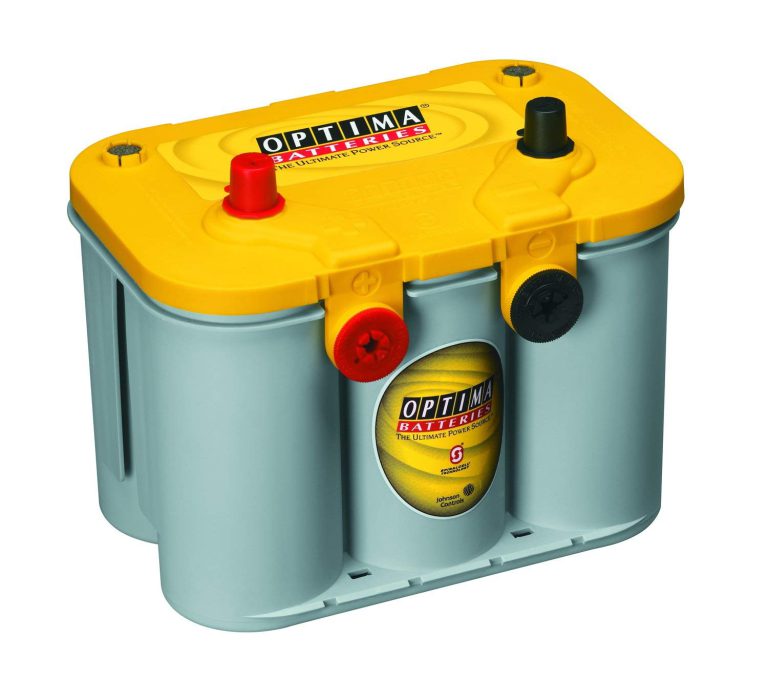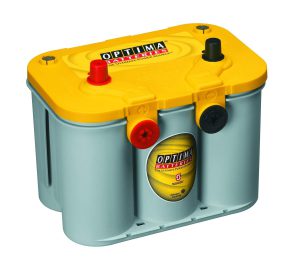

RV house batteries are the ones you rely on to run everything in your rig when it’s not connected to shore power. Your lights, appliances, and any of your other creature comforts that require power will need the RV house batteries to operate if you’re boondocking.
This article will give you a little insight into what you should look for in an RV house battery if you need to purchase new ones or replace existing ones.
How RV House Batteries Work
An RV house battery “deep cycles,” which means it is fully discharged before being recharged again. These batteries provide a long-lasting, steady charge as opposed to the short bursts of power an engine battery requires. Your RV house batteries should last around ten years if you care for them properly.
How to Prolong The Lifespan of Your House RV Batteries
One of the key things to remember that will help extend the life of your house battery is that the sooner you can recharge your batteries, the better. Definitely make an effort to recharge when the battery is at 50% discharge, rather than waiting for it to drop to 20%, and don’t let it get below that – you may cause permanent damage to the battery.
On the other hand, you don’t want to undercharge the battery, either. Undercharging is when you don’t fully charge the battery. Make sure when you charge it, that you let it get all the way to 100% before unplugging and using it again. Using it before it’s fully charged can age the battery by causing sulfation, where the sulfate material crystalizes on discharged portions of the battery plates and makes them useless.
What to Look For When Buying an RV House Battery
You probably want to try and get the most power for the least amount of money when shopping for your house batteries. Battery power is measured in amp-hours (Ah) and reserve capacity (RC). Ah tells you how many amps the battery gives out over a 20-hour period, and RC tells you how many minutes the battery can support a 20-amp output. The larger either of these numbers is, the more power your battery is going to have.
House batteries have one of two configurations – they’re either flooded lead acid or valve regulated lead acid batteries. Flooded lead acid batteries bathe the lead in a solution of water and acid. They require some maintenance – since some of the liquid is used up each time the battery is used, eventually it needs to be replaced. This is the most common type of deep cycle battery.
Valve regulated lead acid batteries require almost no maintenance. The electrolyte is suspended in a gel or fiberglass mat, and these batteries are leak-proof and pretty much hands-off. Their drawback is that they don’t recharge as well as flooded lead acid batteries.
The Best RV House Batteries
If you’re looking for some highly rated RV house batteries, here are a few options:
Batteries come in a variety of options, from inexpensive to costing much more! You’ll want to think about how you’re going to use your battery, how much room you have to store it, and how much weight you can spare to carry it, among other things as you choose your RV house batteries.
This post may contain affiliate links.
For more helpful tips, check out this article:






